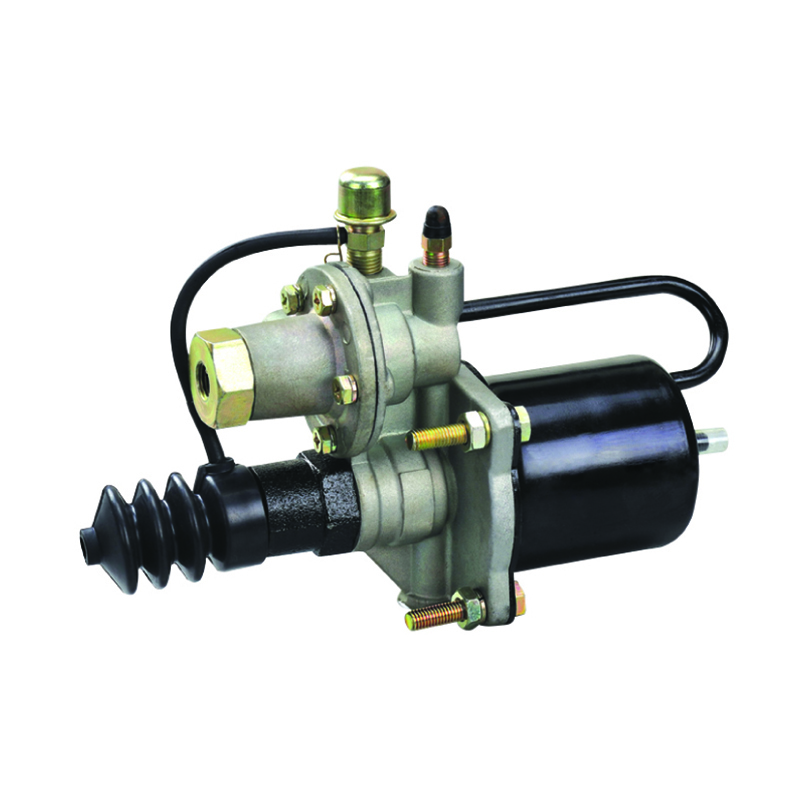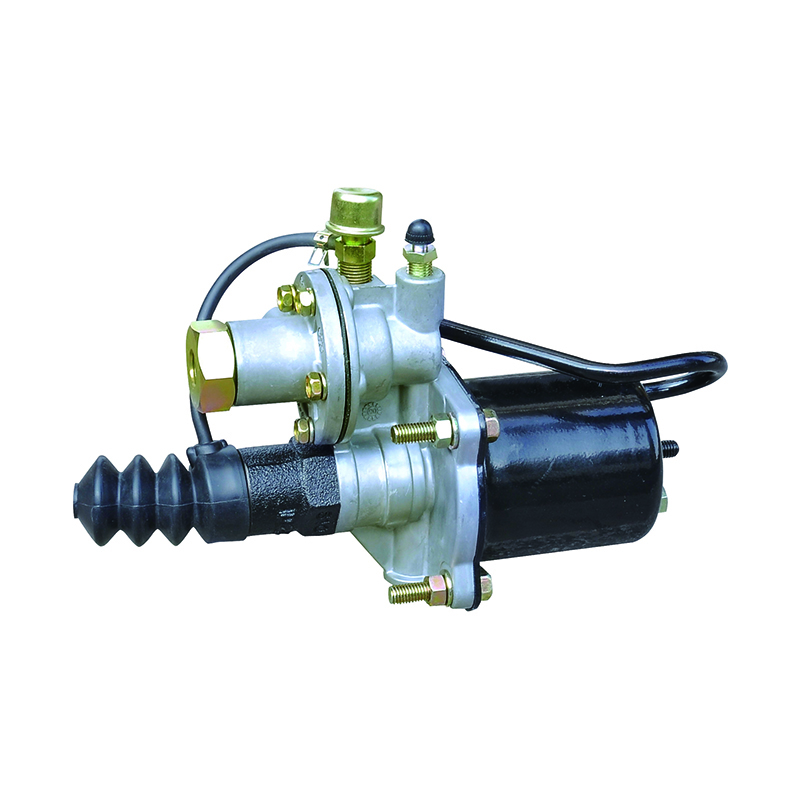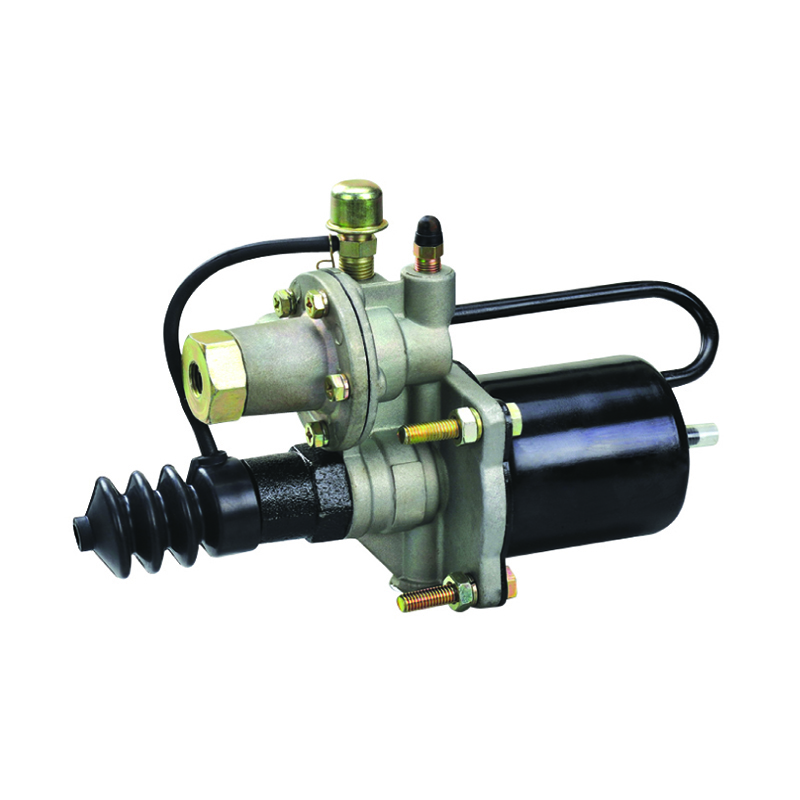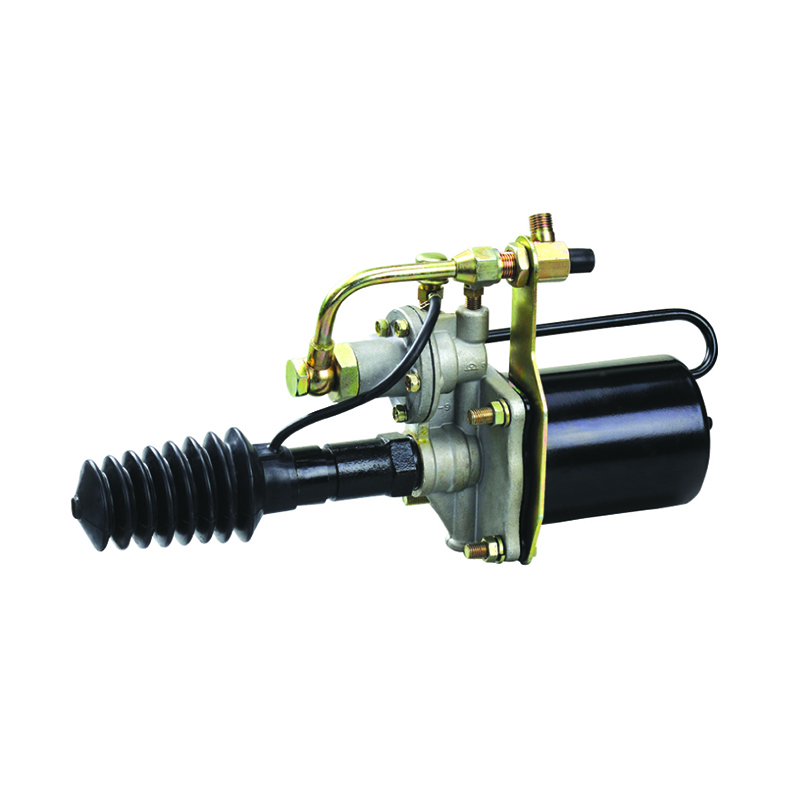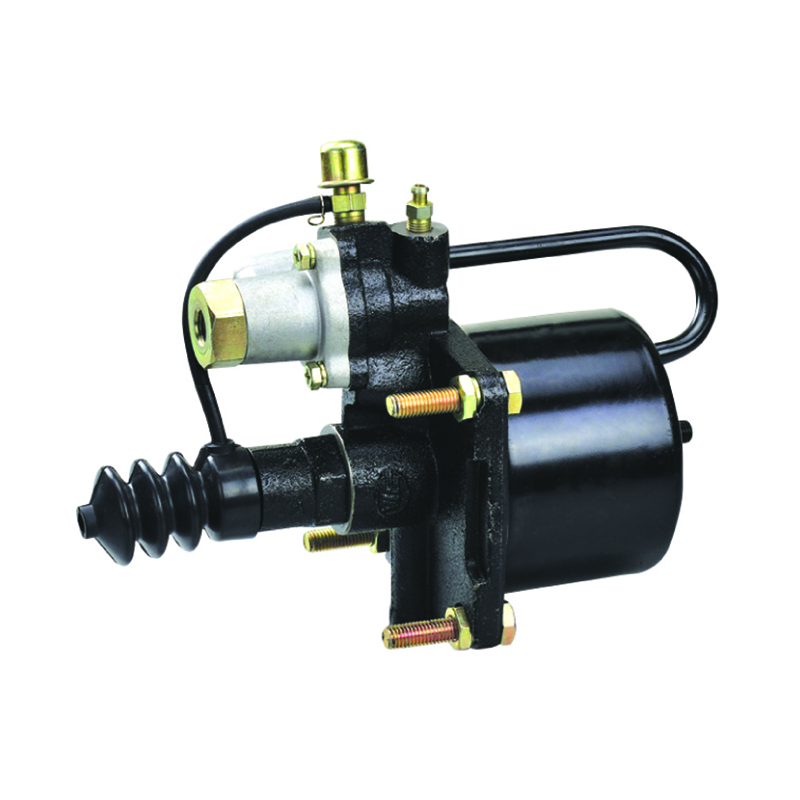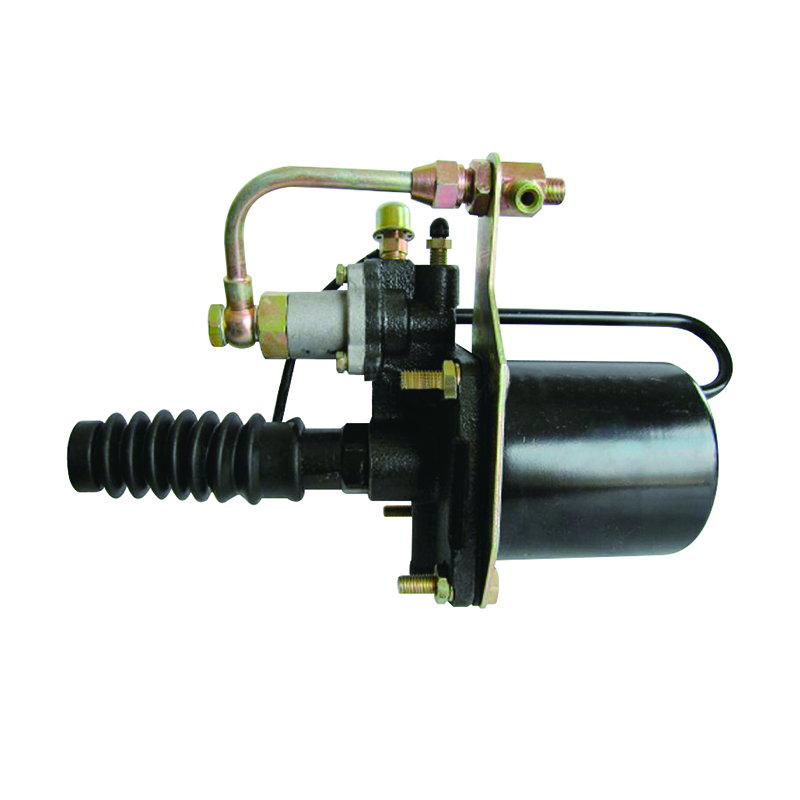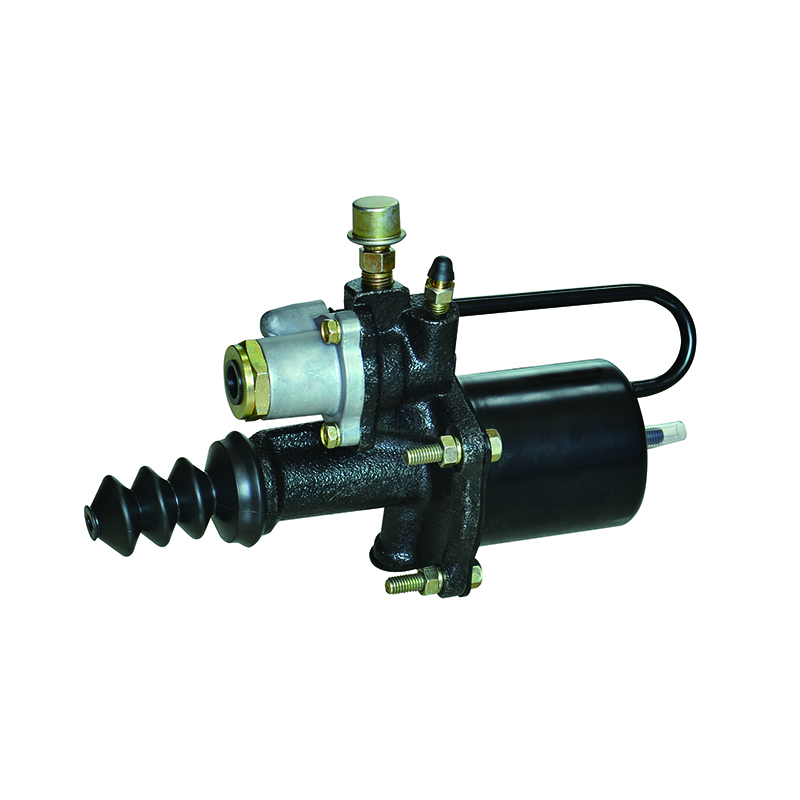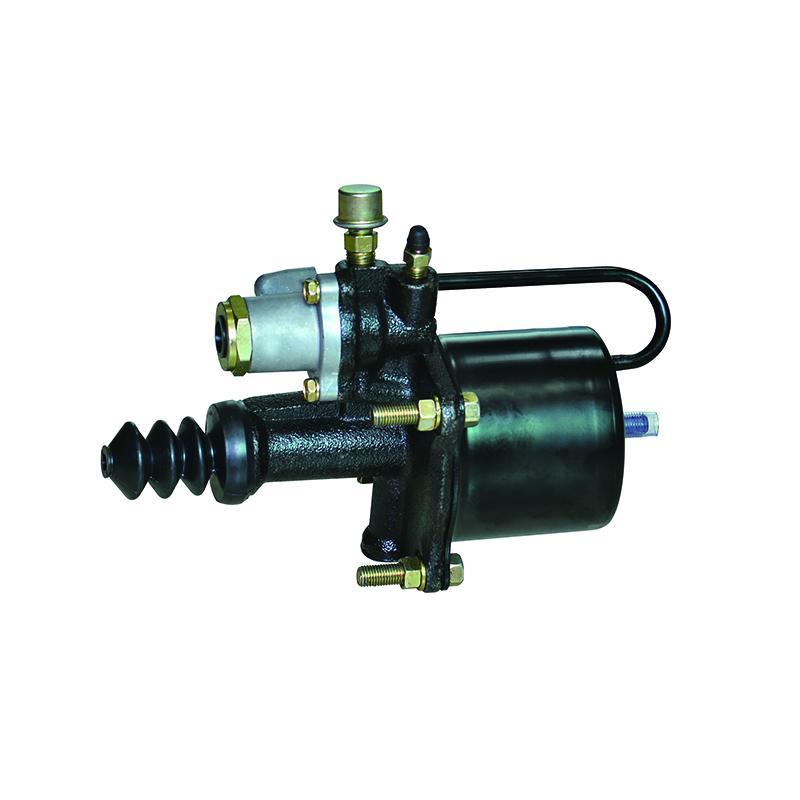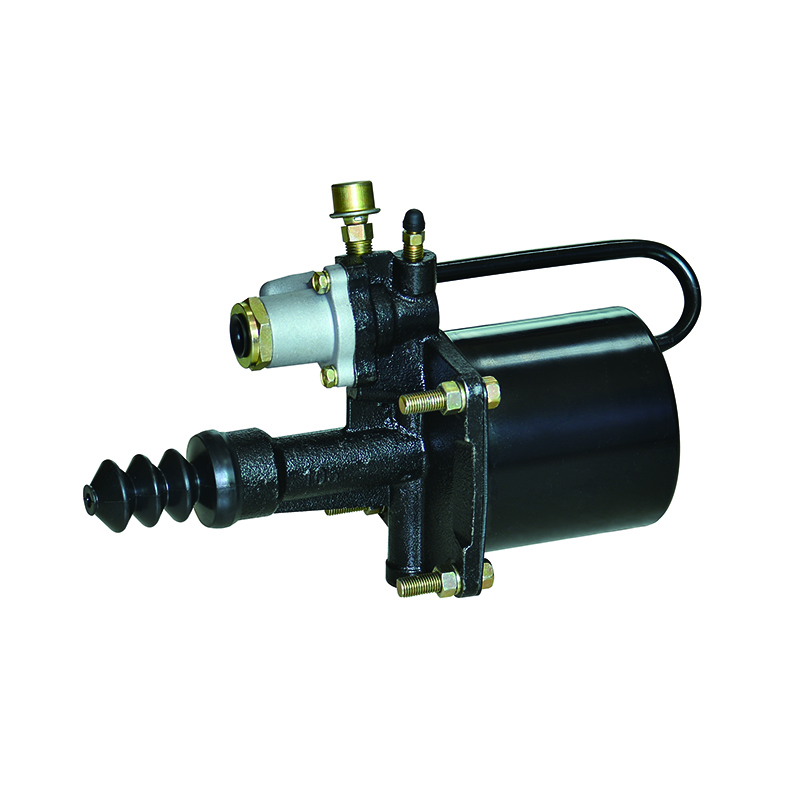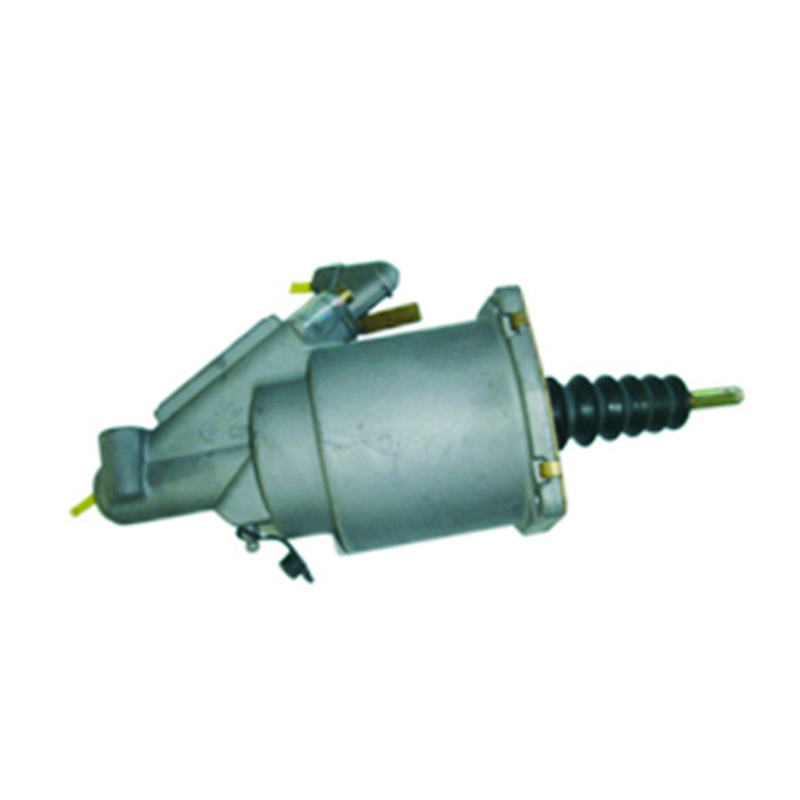For exclusive deals and latest offers, signup by entering your email address below.
How to Install a Spring Brake Chamber
Unlike a traditional air braking system, spring brakes rely on mechanical power instead of air pressure to apply them. They use a large coil spring to provide force to hold the brakes in the applied position. These types of brakes are primarily used on trailers and drive axles. Spring brakes are a reliable parking brake and can be installed on both rear axles in tandem-axle units. However, improper installation can lead to premature wear and misalignment. If a spring is accidentally released, a sudden violent motion can occur. The spring can also damage the brake drum, diaphragm and other components of the braking system.
Spring brake chambers are made in a variety of sizes and types. Each type has a specific size and stroke adjustment limit for its pushrod. These limits should be adhered to for maximum safety. The stroke of the pushrod must never exceed the adjustment limits of the brake chamber. This can cause the brake force to drop significantly. The stroke of a long-stroke chamber adds extra safety, as the brake can be applied without having to use air pressure to apply the brake.
When installing the brake, check the brake studs to make sure they are mounted properly. They are inserted into the rear of the spring chamber. If they are not mounted properly, they can cause damage to the diaphragm. The mounting nuts of the brake chamber should also be checked for damage. A loose mounting nut can also cause the spring to come out. If a nut is damaged, it should be replaced.
Spring brake chambers are made to work in conjunction with other brake components to provide maximum stopping power. The brake assembly includes a brake drum, brake shoes and a pushrod. When the brake pedal is depressed, the pushrod extends from the chamber and connects to the brake slack adjuster. The slack adjuster moves forward, applying pressure to the push plate. When the pressure is released, the slack adjuster moves back to its seated position. The pushrod is then mechanically restrained by the caging bolt. If the caging bolt is damaged, it should be replaced.
If you have a spring brake chamber, it should not be disassembled without professional assistance. The caging bolt is a crucial part of the safety of the system. It mechanically restrains the large coil spring. It is very important that this bolt is not damaged or misplaced. If it is damaged, it should be discarded.
In addition to replacing the caging bolt, it is also necessary to re-install the clamp ring. The ring allows for the replacement of internal components of the chamber. When replacing a clamp ring, a new breather cap is usually included with the assembly. The breather cap prevents dirt and moisture from entering the chamber. In addition, the breather cap should be inspected to make sure it is still intact. If a breather cap is not present, a walk around inspection is recommended.
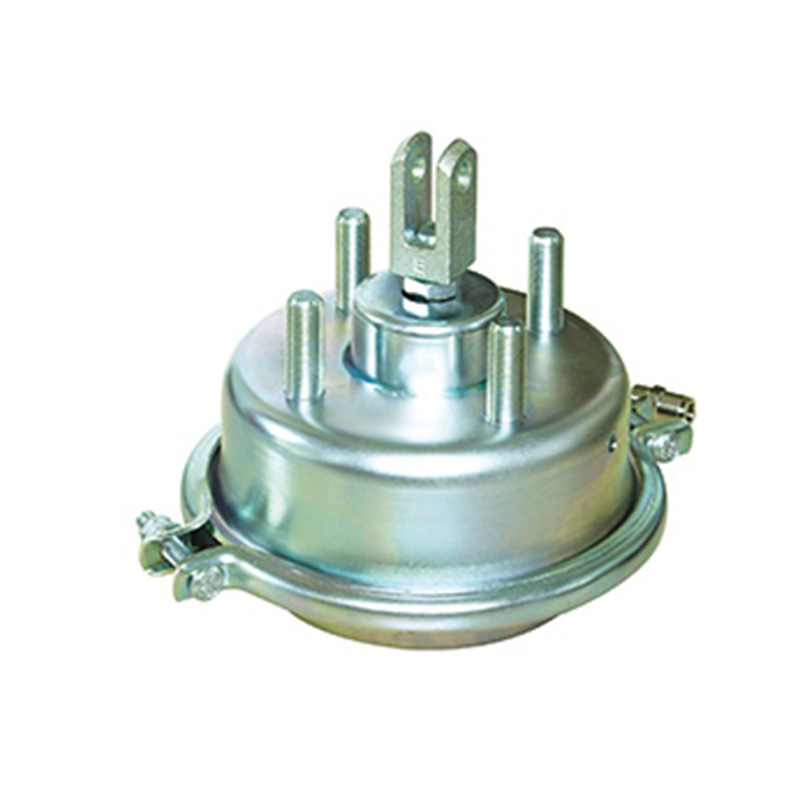

 English
English 中文简体
中文简体
